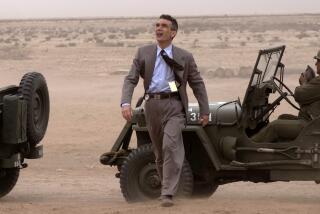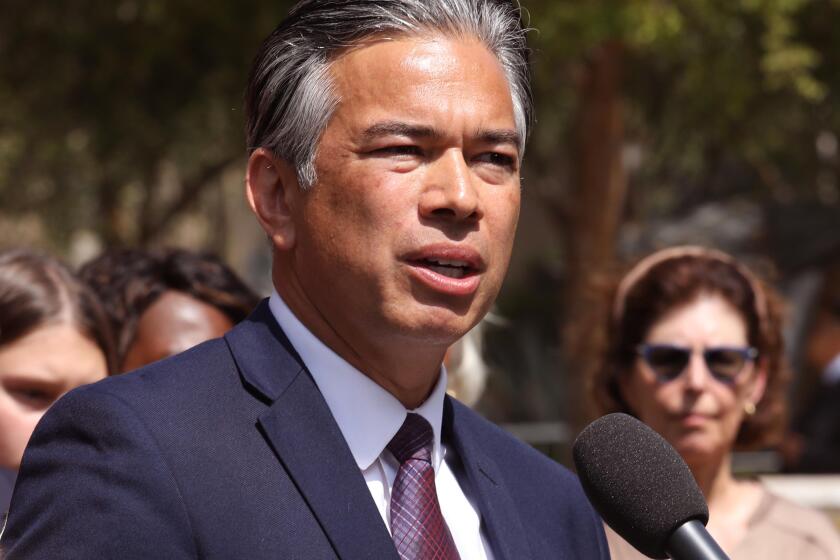Wrong Place for Anti-Nuclear Message : Smithsonian scotches Enola Gay exhibit amid a controversy that shouldn’t have happened
- Share via
The ambitious and even monumental exhibit that was planned as the Smithsonian Institution’s 50-year look back at the dawn of the Nuclear Age and the end of World War II has been scrapped, the victim of its own excesses and the controversies they provoked.
In place of the projected 10,000-square-foot exposition, officials have decided to display only the fuselage of the Enola Gay and a film about its crew. It was this plane, a B-29 bomber, that dropped an atomic bomb on the city of Hiroshima on Aug. 6, 1945. Three days later another B-29 dropped a second atomic bomb on Nagasaki. On Aug. 14 Japan surrendered. The atomic bombings sped the end of the most costly war in history, a war that claimed between 40 million and 50 million lives. Most of the war’s victims were civilians. Among the last to die were the approximately 210,000 Japanese killed by the two nuclear explosions.
Much of the controversy over the long-planned Smithsonian exhibit turns on the emphasis placed on those latter deaths in the heavily scripted exhibit. Though repeatedly revised, the script still seemed to critics to unfairly question the motivations of those who made the decision to drop the bombs, foremost President Harry S. Truman, and to place an undue moral responsibility on the United States for the huge casualties that resulted. Both points have been staples of revisionist history for more than three decades, and both have been strongly and effectively responded to.
This is one of those historical arguments in which the factual context is often obscured by ideological presuppositions. A few of the facts worth remembering are these:
--Work on the atomic bomb began when it became known that Nazi Germany was conducting its own atomic experiments. Had a U.S. bomb been ready in time, it almost certainly would have been used against Germany to shorten the European war. Worth recalling, too, is that the bombings of Japan came in the shadow of the Okinawa campaign. That ferociously fought battle reinforced fears that the planned invasion of the home islands would have been fanatically resisted at a cost of perhaps hundreds of thousands of Allied casualties and probably a million or more Japanese. Use of the bombs forestalled that additional catastrophe.
There is a place certainly for an exhibit on the frightful destructive power of atomic weapons and on the part that the existence of such weapons has played in the history of the last half-century. But a Smithsonian exhibit that rightfully should have been primarily dedicated to commemorating the end of World War II and honoring those who fought to defeat Nazism and Japanese militarism clearly was not that place.
More to Read
Sign up for Essential California
The most important California stories and recommendations in your inbox every morning.
You may occasionally receive promotional content from the Los Angeles Times.










